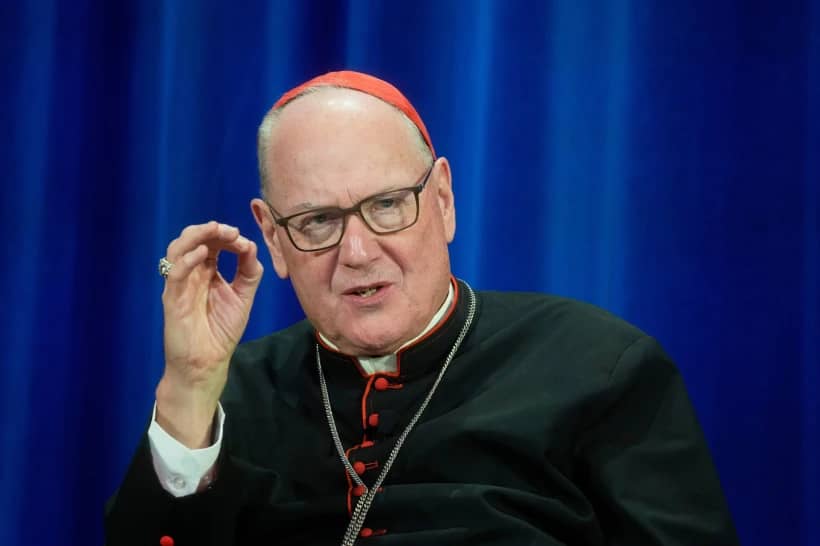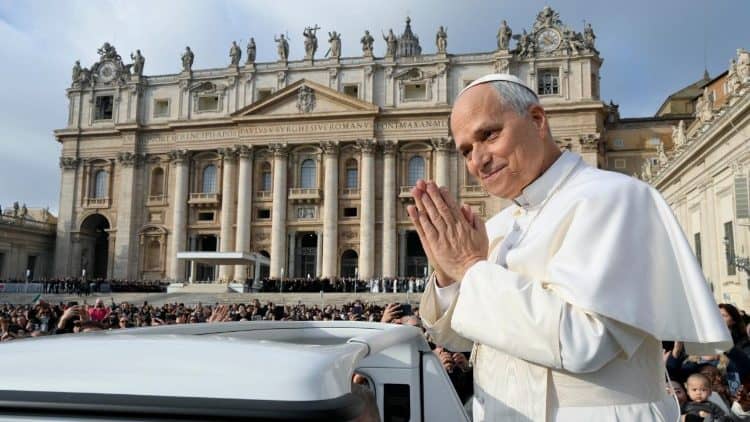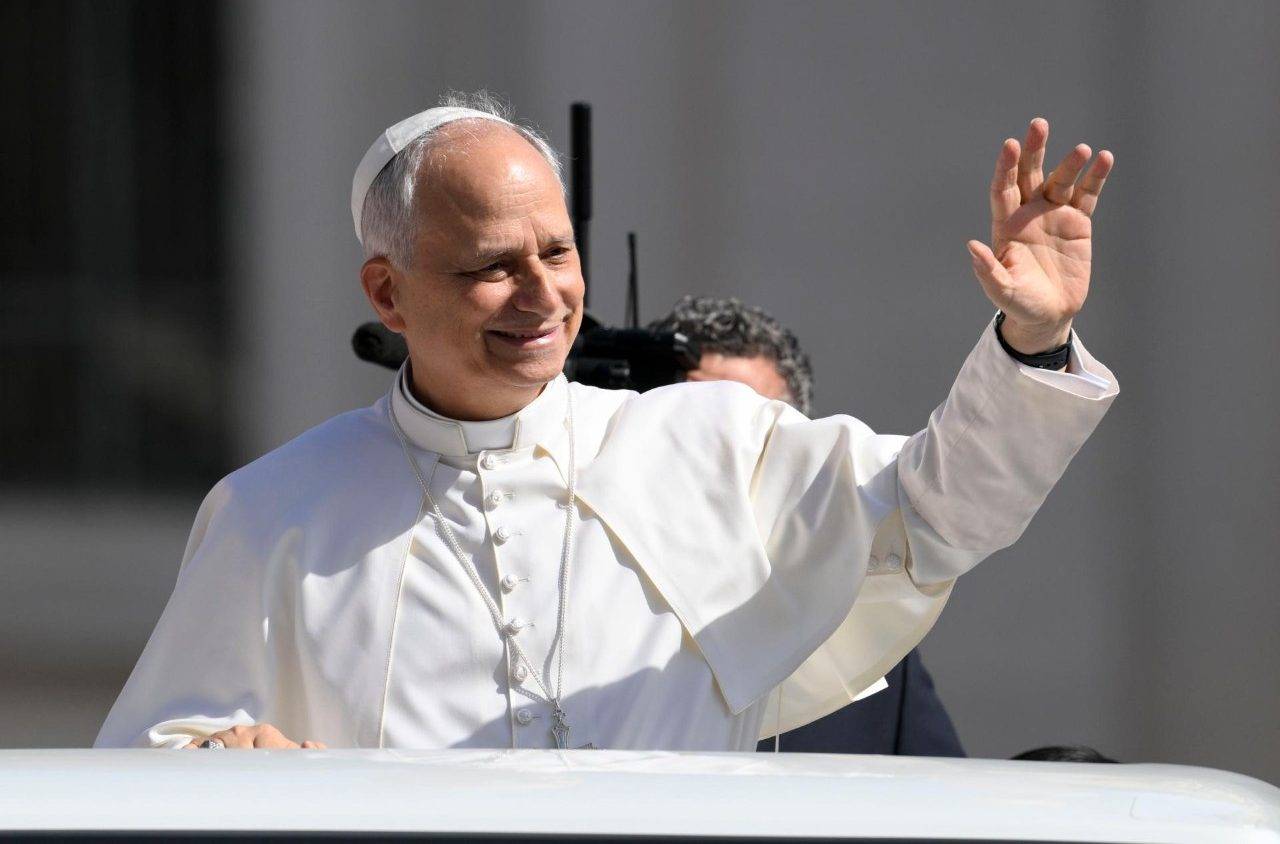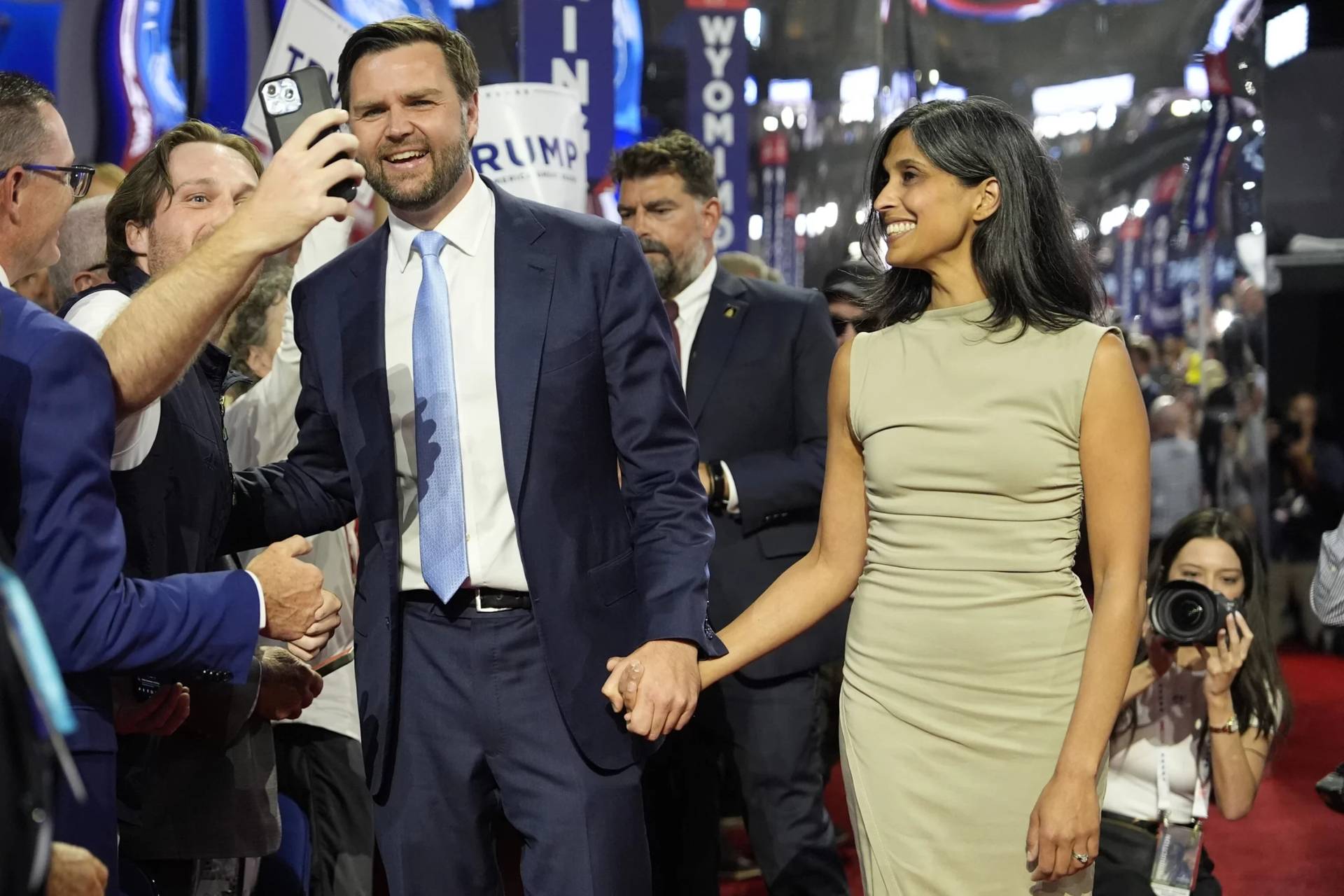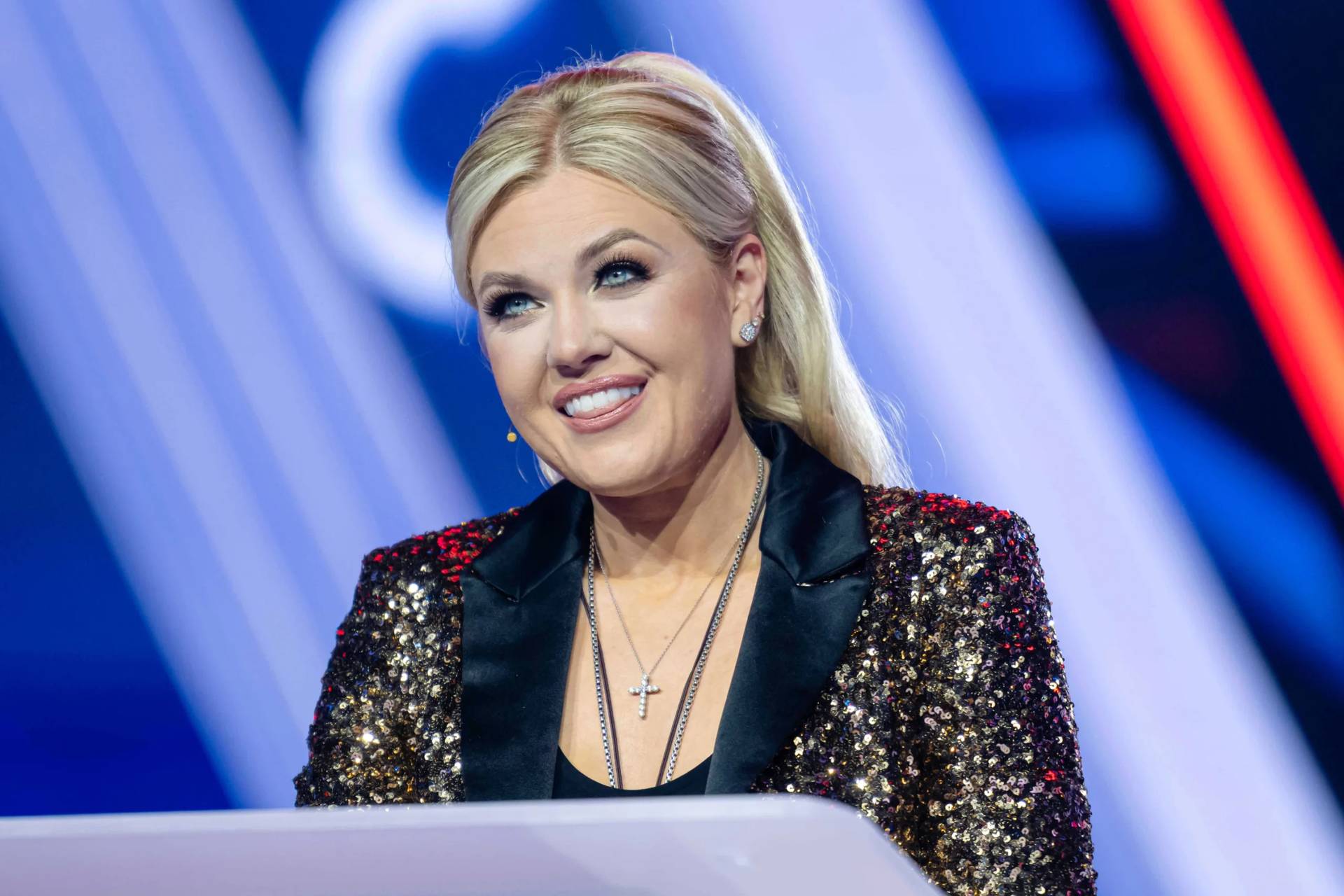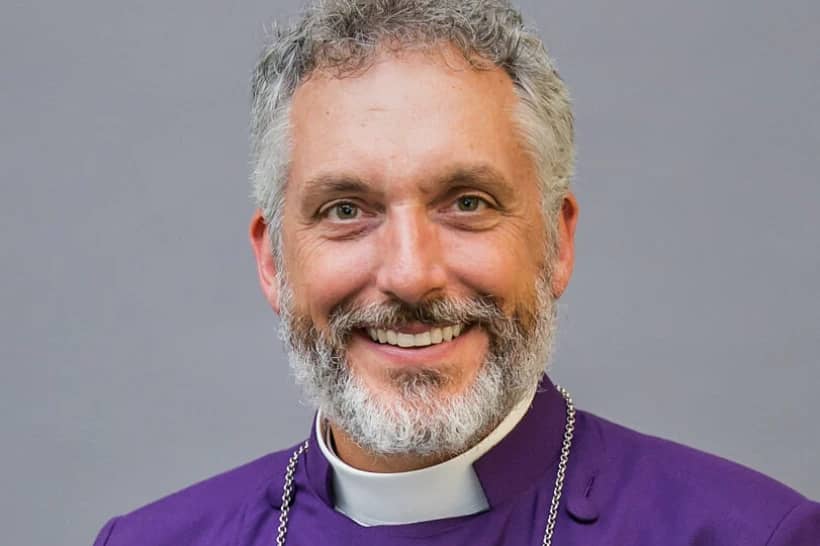VIENNA/LEIBNITZ, Austria – Two decades ago, no spot on the Catholic map was more battle-scarred, more apparently up for grabs, than Austria, where the Church seemed on the brink of either falling apart or being reborn as something fundamentally different.
In 1995, frustration with a sexual abuse scandal around Cardinal Hans Hermann Gröer of Vienna exploded into the formation of a KirchenVolksBewegung — a “People’s Movement of the Church.” Within weeks, organizers had gathered three-quarters of a million signatures on a petition demanding five reforms, including the ordination of married men, women deacons, local selection of bishops, expanded roles for laity, and more compassionate treatment of divorcees and homosexuals.
It inspired a similar uprising in Germany known as Wir Sind Kirche, “We Are Church,” that became a global liberal Catholic reform brand.
The movement climaxed with a “Dialogue for Austria” in 1998, held in Salzburg. It amounted to a national parliament of Austrian Catholics, and bishops pledged to carry whatever recommendations came out of it to Rome. It was three days of high drama, with intense floor debates among abbots and pastors, lay theologians and bishops, social justice activists and Catholic politicians. When the time came to vote, it was a resounding win for the reform positions.
Those demands, however, were dead on arrival in Rome, and the whole business left many Austrian Catholics bitter. Liberals felt the will of the people had been ignored, while conservatives wondered why the process had been permitted in the first place, since one doesn’t vote on matters of truth.
All of that trauma for the Austrian church came on top of centuries of intense secularization, including aging and shrinking congregations, declining vocations to the priesthood and religious life, and an ever-diminishing role in setting a moral and spiritual tone for society.
I was in Salzburg two decades ago to cover the Austrian summit, and I found myself back in Austria again this week for an interview with Cardinal Christoph Schönborn of Vienna and to speak at an event in Leibnitz co-hosted by the Archdiocese of Graz-Seckau. I was curious to take the temperature, so to speak, twenty years later.
With no pretense of being comprehensive, here are three basic observations.
First, things now are far calmer. There’s no widespread public protest, no ferment in the media, no sense of upheaval. Bishops can walk through airports and shopping malls without drawing angry crowds, and they can turn on the TV without breaking into a cold sweat about the next thing they’ll see or hear. Priests can celebrate Mass without worrying about triggering a political debate, and in general, there’s a sense of normality about Catholic life.
How to explain the calm is another matter.
Some of those who supported the “People’s Movement” agenda say it’s because Austrians who dreamed of change simply gave up and walked away, so in a sense, what the Church has today is the peace of the grave.
Others say much of the credit for calming the waters goes to Schönborn, who’s managed to convince all sides in a divided church that he’s at least open to talking with them, and that, in some sense, he understands their concerns.
Still others say the general tranquility is the inevitable result of the passage of time, coupled with a more realistic appraisal by many Austrian Catholics in terms of what’s possible in Catholicism and what isn’t. That’s been reinforced, they say, by the appointment of a crop of less divisive bishops who are fundamentally men of dialogue.
In any event, a church that seemed close to implosion two decades ago appears to have weathered the storm.
Second, there’s an ironic sense in which, while Pope Francis has been great for business for right-wing dissenters and watchdog groups — by now, there’s a sort of informal sweepstakes afoot on social media to see which right-wing critic can dispatch the snarkiest message about whatever Francis said or did today — he’s sort of sucked the oxygen out of the room for liberal activists such as those who founded the KirchenVolksBewegung in Austria.
When you ask the typical Austrian Catholic today what ever happened to those folks, even those usually in the know, the most common reaction is a shrug of the shoulders – indicating that they really have no idea, because it’s been so long since they were on anyone’s radar screen.
Not long ago, a spokesperson for the KirchenVolksBewegung went on Austrian TV and was asked what the movement is up to. In essence, the answer was that with Pope Francis in charge in Rome, reformers feel like they’ve already prevailed, and there’s not really much need for a protest movement anymore.
That, of course, is the thing about being in the protest business – getting what you want, or even part of it, often also means putting yourself out of work.
Third, even though it’s been axiomatic for decades now to write obituaries for the faith in Europe, I was struck by how much social capital the Catholic Church in Austria still seems to have in the bank.
In Vienna, my Crux colleague Inés San Martín and I attended a reception last Wednesday hosted by Schönborn at the archbishop’s palace, which brought together several hundred movers and shakers from the Austrian media, the country’s intellectual and cultural circles, and also political leaders.
They all stood attentively and listened as Schönborn outlined three priorities:
- Defense of persecuted Christians, especially in the Middle East.
- Creating a hospitable climate for migrants and refugees arriving in Austria today.
- Service to the poor.
Granted, to what extent his words will galvanize action on any of those fronts remains to be seen. Still, it was hard to imagine any other figure in Austrian life who could bring together such a diverse and influential gaggle of VIPs to even hear the case.
Similarly, the conference I attended in Leibnitz – actually just above the city, at the historic Seggau Castle, originally built by the Archbishop of Salzburg – attracted an impressive line-up of academics and ecclesiastics from both sides of the Atlantic, to discuss the future of relations between Europe and the United States. The event was co-sponsored by the archdiocese and the provincial government of Styria, and seemed to enjoy strong public support.
Again, I have no idea what practical results may flow from the exchange, but it too testified to the Church’s rather unique capacity to gather people from differing disciplines and backgrounds, and put them into serious conversation about things that matter.
In other words, despite the toll taken by centuries of secularization, and, more recently, by bitter internal conflicts, the Church here appears to be still in the game, to have still a fighting chance to shape culture in light of the Gospel – and if that’s the case, after all the vicissitudes and heartache Austrian Catholicism has experienced, then there’s probably hope everywhere.






